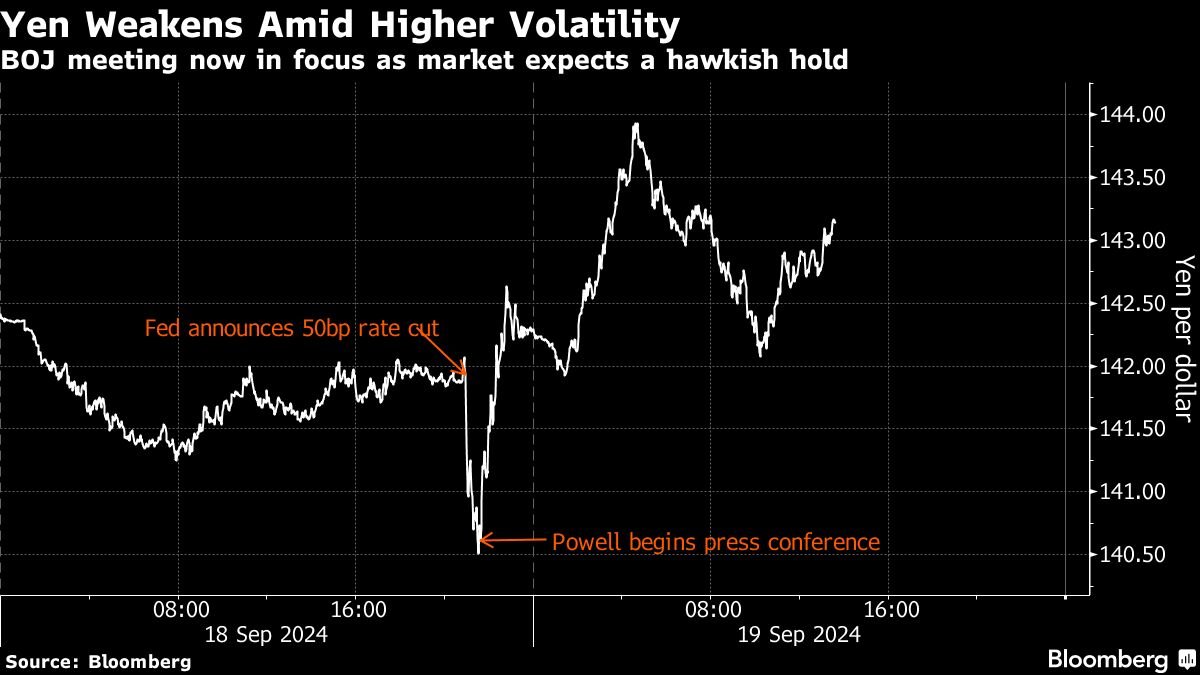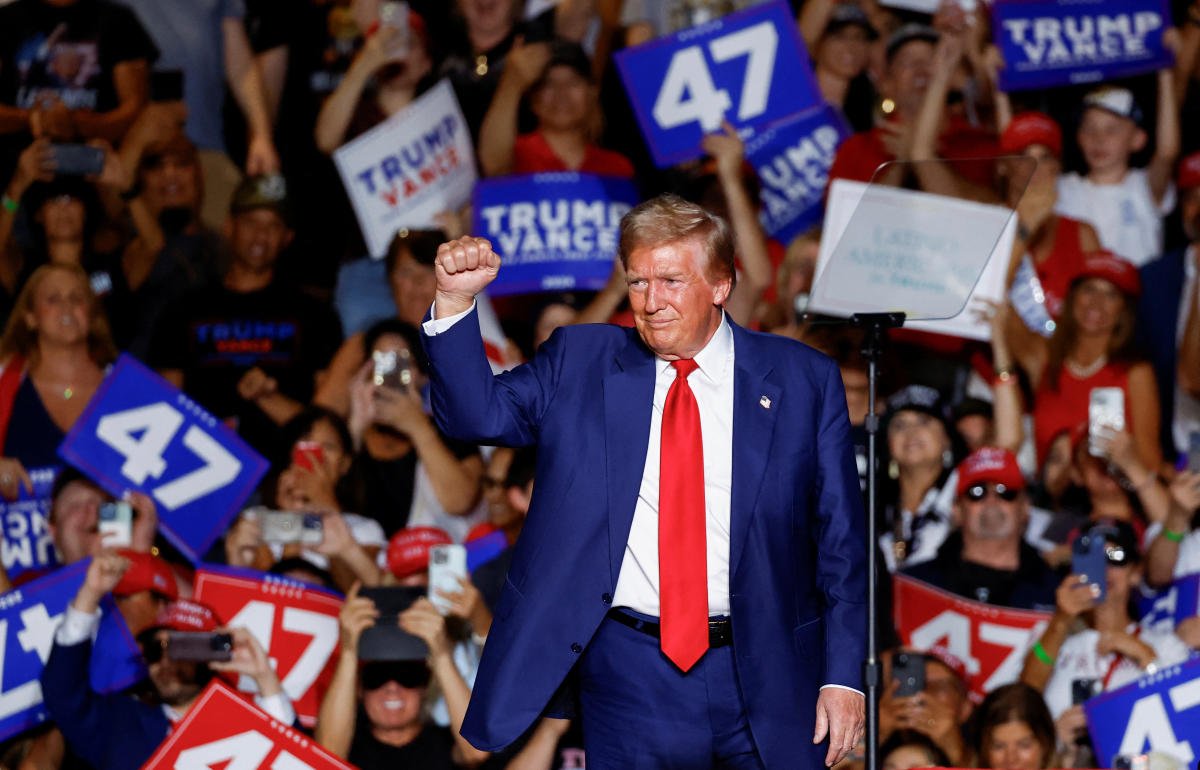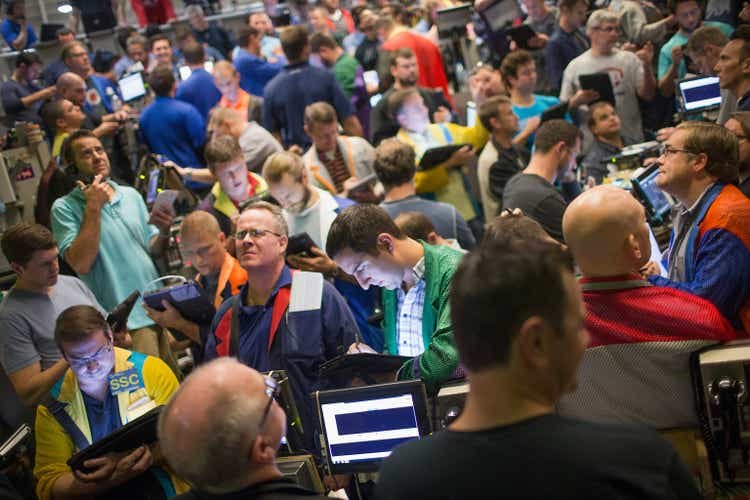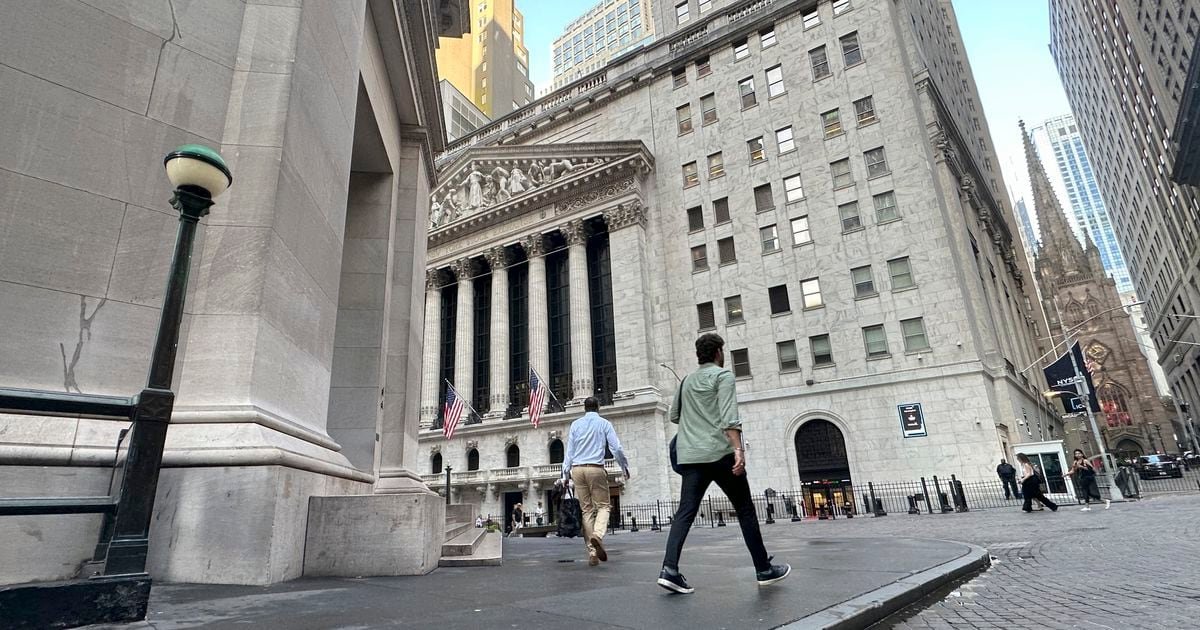The Federal Reserve recently lowered interest rates for the first time in four years.
The Federal Reserve lowered its benchmark interest rate on Wednesday, Sept. 18 for the first time in four years. Inflation has been trending downward, and the labor market has been softening, so the rate cut itself wasn’t surprising. But the half-percentage-point cut imposed by policymakers was more aggressive than many pundits anticipated.
The S&P 500 (^GSPC 1.70%) has advanced 18% year to date, and history says the index could move even higher over the next year. Rate cuts have usually been a positive catalyst for the stock market, though there have been exceptions to that rule. Here’s what investors should know.
How the Federal Reserve influences interest rates
The federal funds rate is a benchmark that influences other interest rates throughout the economy. The Federal Reserve doesn’t control the federal funds rate directly. Instead, it uses various monetary policy tools to steer the benchmark toward a target range, which is currently 4.75% to 5%.
Banks are required to maintain a certain reserve balance with the Federal Reserve, so policymakers can adjust the interest paid on those deposits to influence the federal funds rate. It would be nonsensical for banks to lend money at a lower interest rate, so the reserve balance rate typically aligns with the lower limit of the target range.
Banks can also borrow money from the Federal Reserve to meet short-term liquidity needs, so policymakers can adjust the interest (called the discount rate) charged on those loans to influence the federal funds rate. It would make no sense for banks to borrow money at a higher rate, so the discount rate typically aligns with the upper limit of the target range.
Lower interest rates encourage borrowing, which stimulates economic growth by boosting consumer spending and business investments. In that sense, rate cuts can be good news for the stock market. But the economic circumstances that necessitate rate cuts are often bad news. For instance, the unemployment rate has increased by 50 basis points year to date, and job openings have trended lower.
History says rate cuts could trigger a big move in the S&P 500
The Federal Reserve has steered the U.S. economy through five rate-cutting cycles in the last three decades. The cycles that began in 1995, 1998, and 2019 started with a quarter-point cut, and the cycles that began in 2001 and 2007 started with a half-point cut.
The chart below shows how the S&P 500 performed during the 12-month period following the first rate cut in each cycle.
|
First Rate Cut |
S&P 500 Return (12 Months) |
|---|---|
|
July 1995 |
19% |
|
September 1998 |
21% |
|
January 2001 |
(14%) |
|
September 2007 |
(21%) |
|
July 2019 |
10% |
|
Median |
10% |
Data source: Trading Economics, YCharts. Chart by author.
As shown above, during the last three decades, the S&P 500 returned a median of 10% during the 12 months following the first rate cut in a cycle. However, whether the economy suffered a recession following the first cut has been an important determinant of the stock market’s performance.
Specifically, a recession followed no more than one year after the cutting cycles began in 2001, 2007, and 2019, and the S&P 500 declined by a median of 14% during the 12 months following the first cut in those situations. But no recession occurred after the cutting cycles began in 1995 and 1998, and the S&P 500 returned a median of 20% during the 12 months following the first cut in those situations.
Investors should be aware of another pattern, too. Only 2 of the 5 rate-cutting cycles in the last 30 years started with a half-point cut — in 2001 and 2007 — and both times, the economy suffered a recession and the S&P 500 declined sharply. It’s possible the Federal Reserve moved so aggressively in those situations because the economy was deteriorating so fast. It’s also possible that the same sequence of events could follow the Fed’s most recent rate cut.
Here’s the bottom line: No stock market indicator is infallible, but history says the S&P 500 is headed higher over the next 12 months and the probability of a positive return becomes more likely if the economy remains healthy. However, if the economy slips into a recession, there’s a good chance the S&P 500 will decline over the next year.
Either way, investors can take solace in one fact: The S&P 500 has returned an average of 10.7% annually over the last 30 years, despite the economy suffering three recessions during that period. Similar returns are likely over the next 30 years, so patient investors can make plenty of money in the stock market regardless of what happens in the next year.
Trevor Jennewine has no position in any of the stocks mentioned. The Motley Fool has no position in any of the stocks mentioned. The Motley Fool has a disclosure policy.














